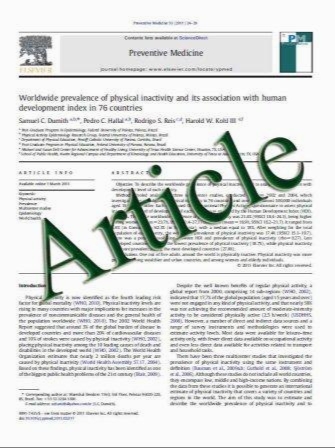Electrocorticography and seizure outcomes in children with lesional epilepsy
- نوع فایل : کتاب
- زبان : انگلیسی
- مؤلف : Jennifer N. Gelinas & Andrew W. Battison & Sherry Smith & Mary B. Connolly & Paul Steinbok
- چاپ و سال / کشور: 2010
Description
Purpose The use of electrocorticographically (ECoG)- guided cortical resection in children with lesional epilepsy is controversial. Given the important developmental issues associated with recurrent childhood seizures, sustained seizure control is a key therapeutic goal. We therefore evaluated the effect of the decision to perform lesionectomy or ECoG-guided cortical resection on seizure outcome and surgical morbidity in the pediatric population. Methods We retrospectively analyzed seizure outcomes in 67 patients between the ages of 3 months and 16 years who underwent surgery for lesional epilepsy at British Columbia Children’s Hospital. Thirty-four patients underwent ECoG, and 33 patients had lesionectomy without ECoG. Results One year post-operatively, 80% of patients who had ECoG-guided cortical resection or lesionectomy were seizure free. However, there was a trend toward improved seizure freedom in patients who had ECoG at most recent follow-up (79% patients with ECoG seizure free, vs. 61% with lesionectomy only; mean follow-up time 5.8 year, P= 0.078). There was no increase in neurological morbidity in patients who had ECoG-guided cortical resection, and these patients were less likely to experience repeat epilepsy surgery. Conclusions Overall, using ECoG to guide additional cortical resection may lead to more robust seizure freedom in children with lesional epilepsy without increasing their risk of surgical morbidity
Childs Nerv Syst (2011) 27:381–390 DOI 10.1007/s00381-010-1279-7 Received: 23 August 2010 / Accepted: 7 September 2010 / Published online: 21 September 2010


